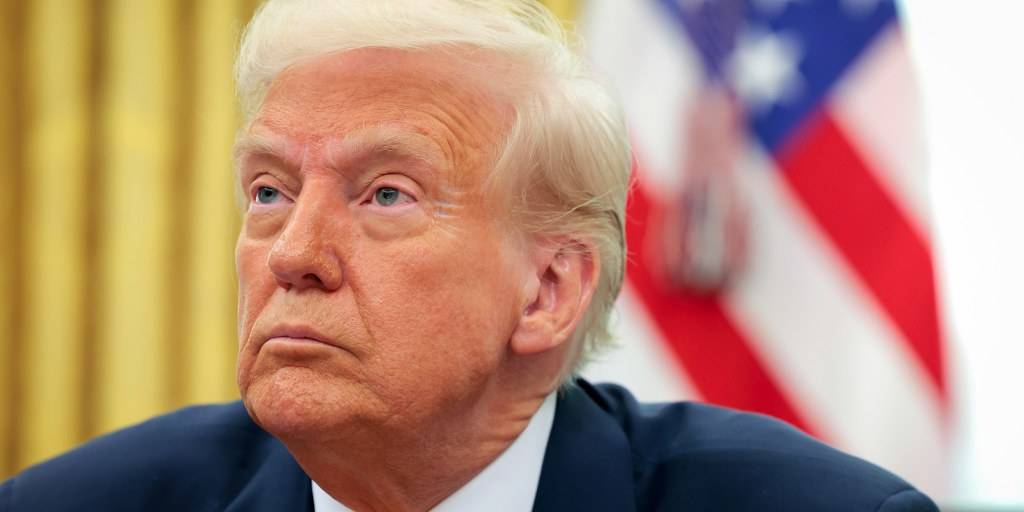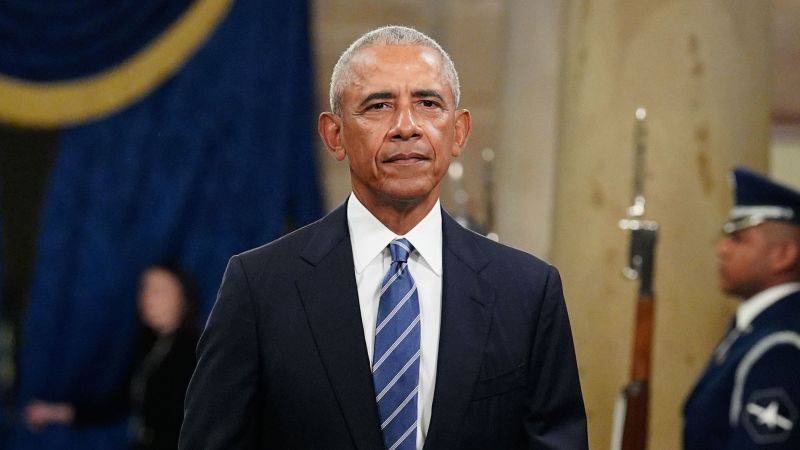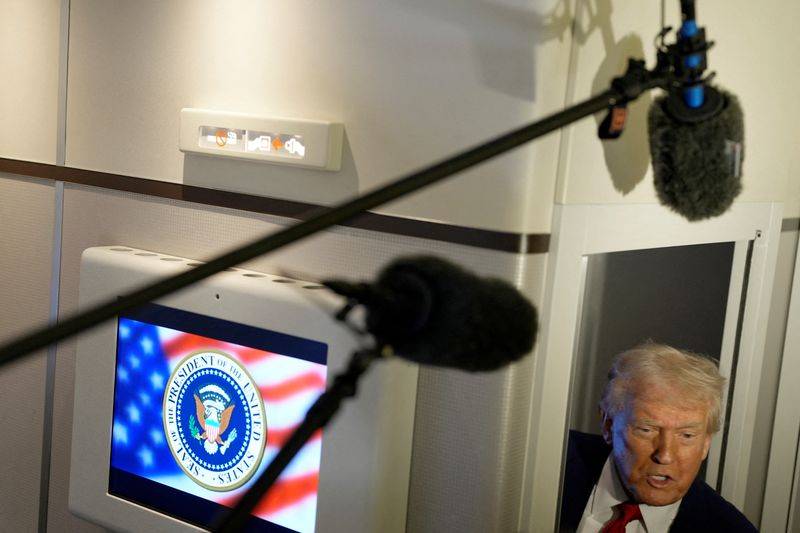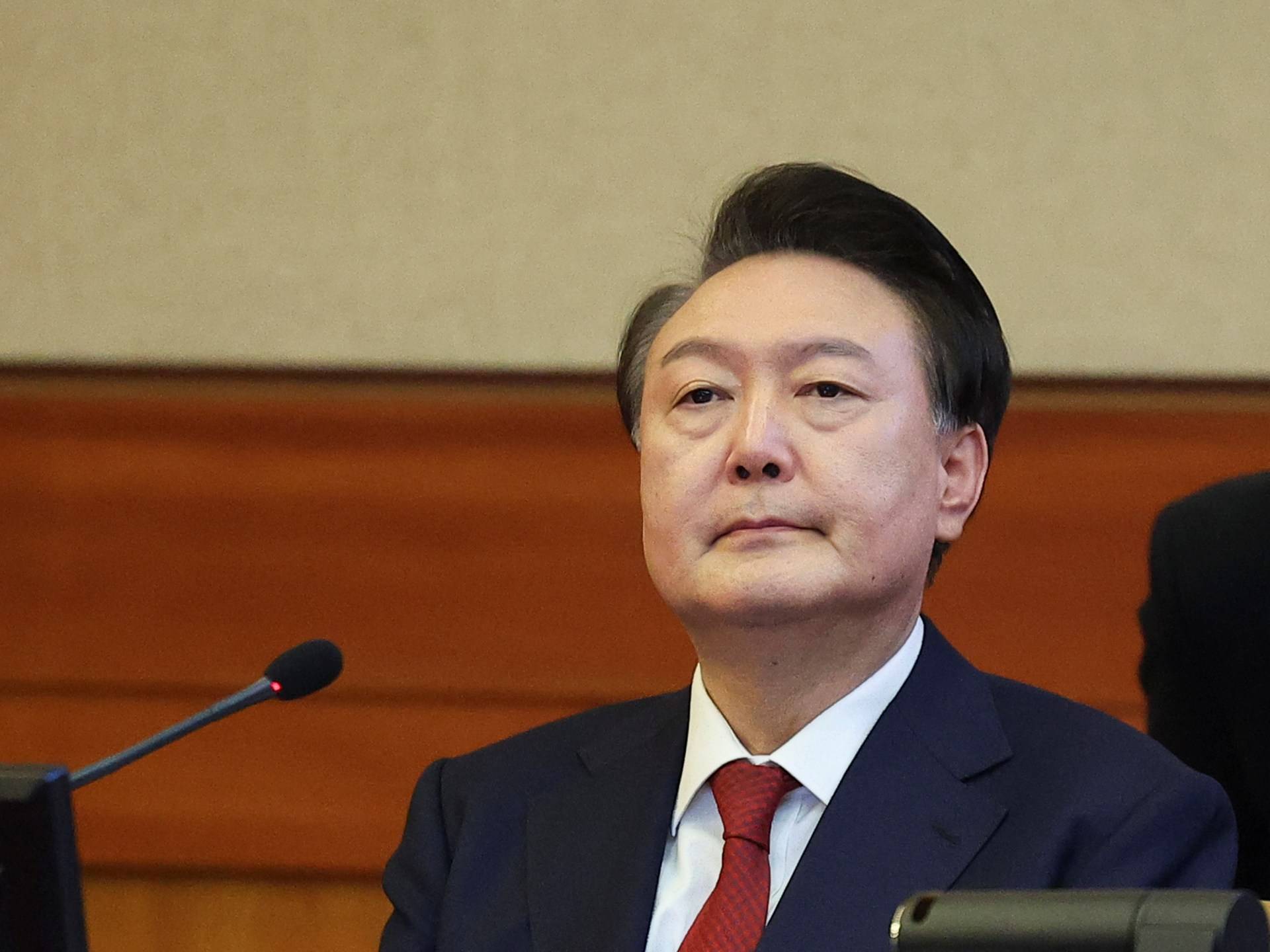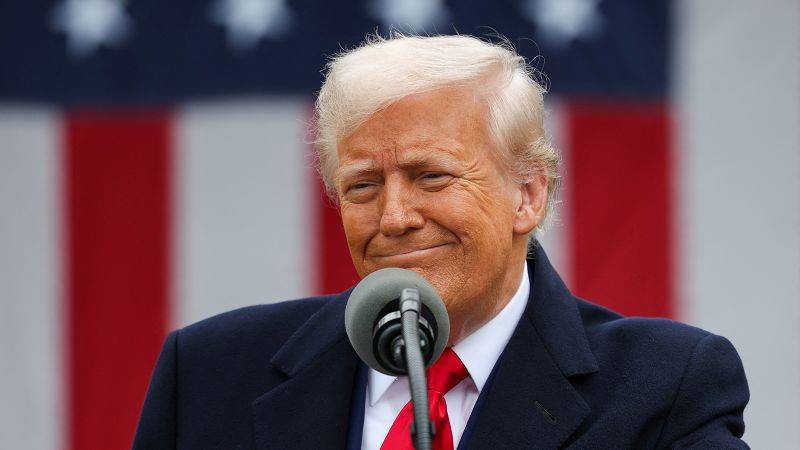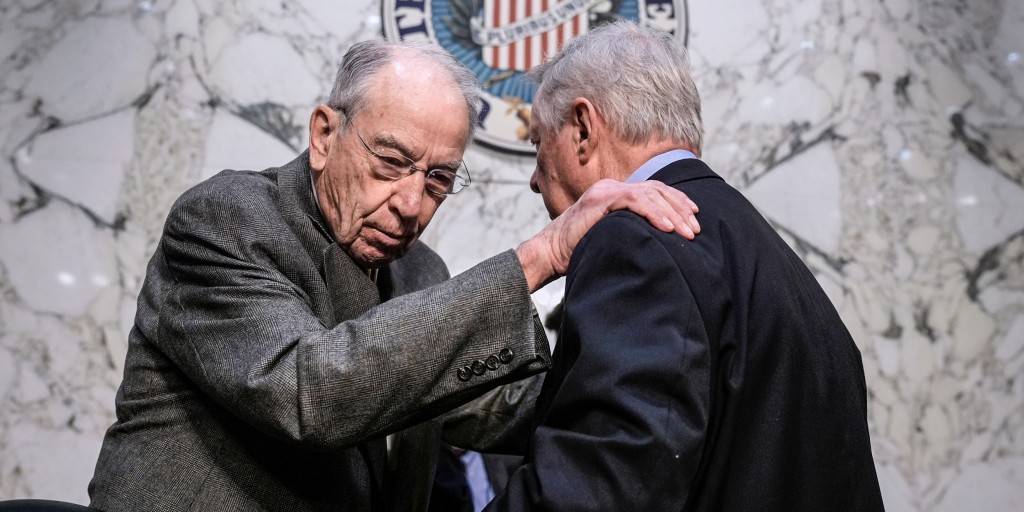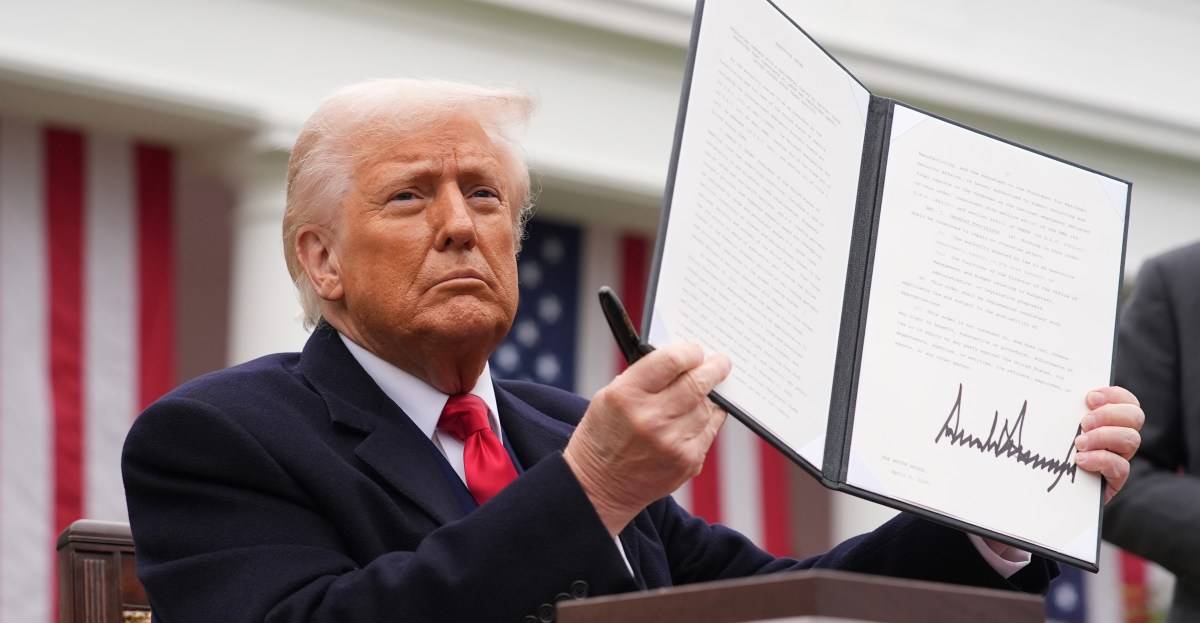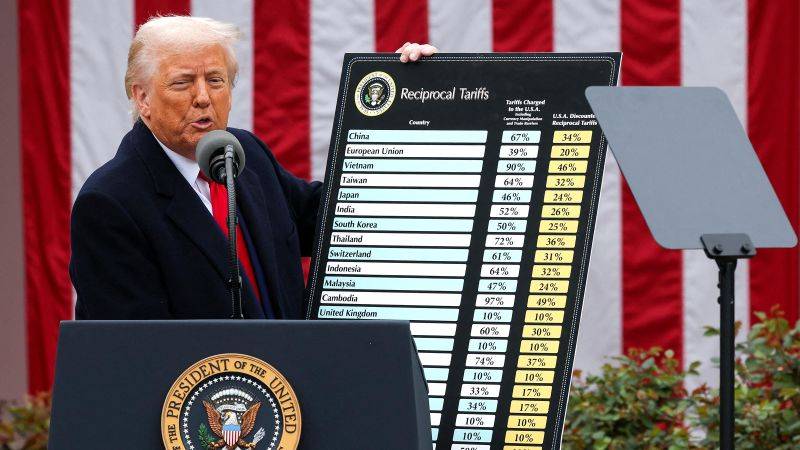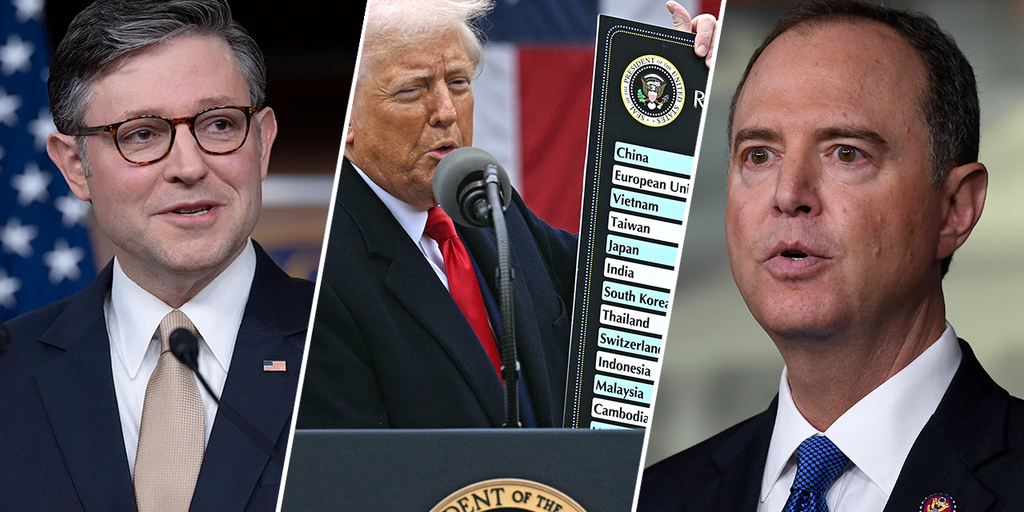Economic Uncertainty Amid Political Turmoil
The U.S. economy gained 151,000 jobs in February, reflecting resilience but failing to meet forecasts. The unemployment rate rose to 4.1%, with government employment shrinking by 10,000 positions. While Trump touts 10,000 new manufacturing jobs as proof of his policies’ success, concerns over inflation and consumer confidence persist.
Trump’s trade measures, including tariffs on Canada and Mexico, have rattled markets and cast uncertainty over growth. Although select exemptions exist, Wall Street has responded with sell-offs, reflecting broader unease. With the Federal Reserve weighing interest rate decisions, the administration faces a delicate balancing act.
Shifting Stance on Russia
In a sharp turn, Trump has threatened Russia with new sanctions over its aggression in Ukraine. Following talks with Ukrainian President Volodymyr Zelenskyy, the administration is reportedly considering measures against Russian financial institutions. If implemented, these sanctions could also strain relations with China, given Beijing’s financial ties to Moscow.
GOP Budget Battles
Within his party, Trump faces growing scrutiny over fiscal priorities. Budget proposals aimed at cutting federal jobs and reducing public spending have drawn bipartisan criticism. Lawmakers question whether these measures could weaken essential services and slow economic momentum.
As these challenges mount, a critical question lingers: Can Trump’s administration navigate economic and geopolitical storms without jeopardizing its broader agenda?

